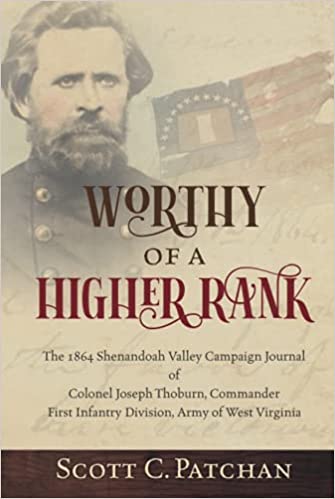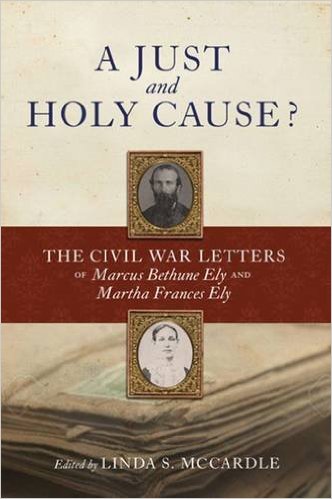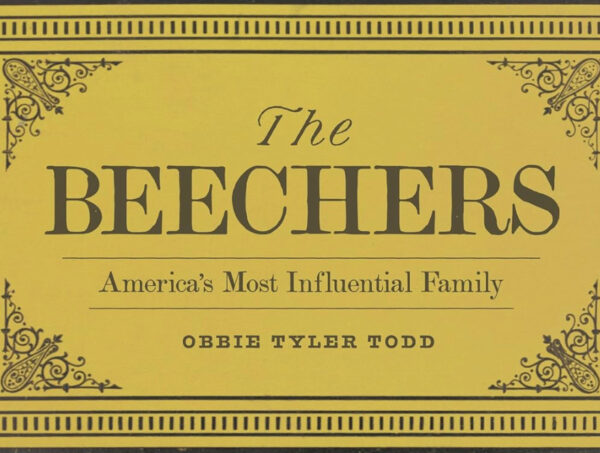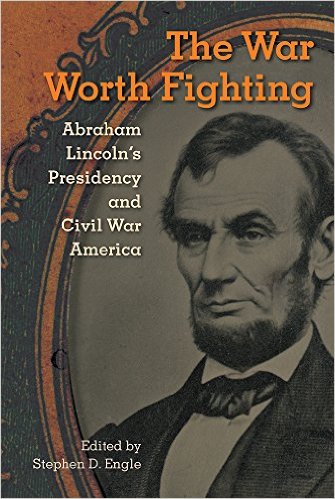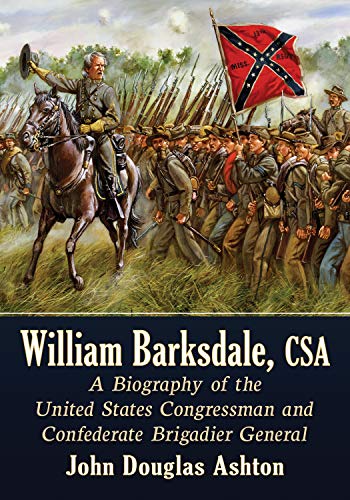On October 22, 1864, three days after a remarkable Union victory at the Battle of Cedar Creek, The Wheeling Daily Intelligencer reported the grim news that one of that community’s most beloved citizens, Colonel Joseph Thoburn, died from wounds received at the battle. Thoburn, a doctor who, since his arrival in Wheeling in 1852, cared for “many” of the community’s “underprivileged residents,” was lauded by the Intelligencer as a “noble man” whose “course was always upward… always unselfish, always brave and genuine.” Although beloved and mourned by many at the time of his death, Thoburn, despite rising to the command of a division in the Shenandoah Valley in the summer of 1864 and playing critical roles in that oft-contested region, has fallen into obscurity. Fortunately, Scott C. Patchan’s edition of Thoburn’s diary, which spans the period from May 4, 1864, to August 7, 1864, illuminates the life, military service, perspectives, and sacrifice of the man the reporter for the Intelligencer labelled Wheeling’s “most gallant citizen.”
The author of several important studies on various battles and campaigns in the Shenandoah Valley in 1864, Patchan introduces Thoburn’s diary, originally published by Thoburn’s grandson in 1914, with a prodigiously researched and soundly written biography. Patchan skillfully traces Thoburn’s life—from his birth in Northern Ireland in 1825 and his family’s immigration to the United States, to his career as an educator and later doctor in Ohio. Patchan clearly illustrates that Thoburn’s commitment to the preservation of the Union and the annihilation of slavery never wavered.
Thoburn began the war as the regimental surgeon of the 1st Virginia (U.S.). He became the regiment’s colonel, then ascended to brigade command in the summer of 1862. Division command followed two years later. While Thoburn’s abilities on the battlefield earned for him the praise of his superiors, he remarkably never rose above the rank of colonel. Patchan, and rightfully so, attributes this oversight to the fact that “the budding state of West Virginia lacked the political influence to attain the star worn by many supbar generals.” Remarkably, as Patchan points out, this mattered little to Thoburn, who cared only about performing “his assigned duty” (17).
While Patchan’s introduction is outstanding, this volume’s focus is the three months of observations Thoburn recorded in his diary. Throughout, Thoburn offers his thoughts about the battles in which he fought during this period—New Market, Piedmont, Lynchburg, and Cool Spring. Additionally, Thoburn’s diary offers important insight into the commanders under whom Thoburn served. For example, although relieved that Union general David Hunter replaced General Franz Sigel after Union defeat at the Battle of New Market on May 15, 1864, Thoburn believed Hunter made decisions too hastily. “He begins to work before he knows the material he has to work with,” Thoburn wrote on May 22, 1864 (34).
Although historians who focus on the conflict in the Shenandoah Valley should consider this diary essential, this volume’s appeal is far more extensive. One of the great strengths of Thoburn’s written thoughts are the views he shares about waging war against civilian populations. Throughout, Thoburn condemns Hunter’s actions of burning and pillaging in the Valley. Not only did Thoburn believe it morally reprehensible, but he thought it had a demoralizing influence on the soldiers who had to carry it out. Additionally, Thoburn considered that these acts of destruction would only make reunion after the conflict’s end more difficult. A letter penned by Thoburn on October 4, 1864, supplies tremendous insight into why his perspective eventually changed. Reflecting on Union general Philip H. Sheridan’s campaign of destruction in the early autumn of 1864, Thoburn now believed it a necessary measure to avoid additional bloodshed. “The taking of life is certainly worse than the destruction of property,” Thoburn explained (106).
Additionally, Thoburn’s diary provides useful nuggets to those interested in the roles African Americans played in the Union war effort. For instance, in the aftermath of the Union defeat at the Second Battle of Kernstown in late July 1864, Thoburn described how an African American family provided a meal and information about Confederate troops in the area. The assistance this unidentified family offered proved crucial to Thoburn and his men avoiding capture.
There is little to criticize and much to admire about this volume. Soundly annotated and contextualized, Thoburn’s diary has wide-appeal to those interested in the conflict in the Shenandoah Valley, the interactions between soldiers and civilians, and waging war against civilian populations.
Jonathan A. Noyalas is director of Shenandoah University’s McCormick Civil War Institute and a professor in the history department at Shenandoah. He is the author or editor of fourteen books including most recently Slavery and Freedom in the Shenandoah Valley during the Civil War Era.
